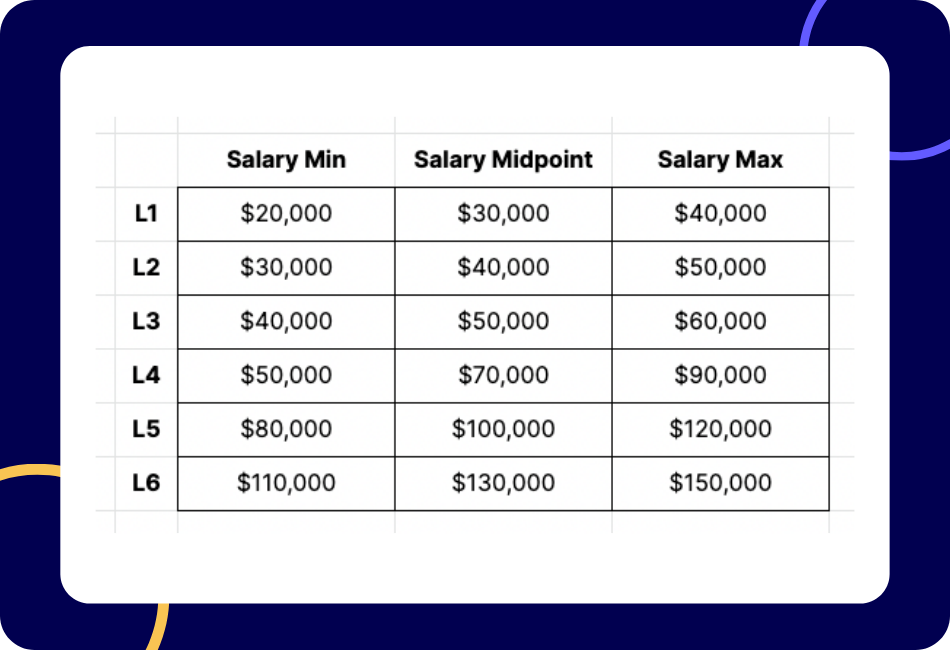
Aviation managers in corporate flight departments face a variety of challenges as they seek to retain their personnel in the perfect storm that is the current compensation environment. But as they battle to pay their personnel competitively, one of the most common and frustrating constructs aviation managers face is that of the fixed-compensation structure and its associated “pay bands.”
A little background is in order here. Compensation professionals are trained in the practice of building pay structures in organizations. Typically, the process starts with a look at the organization’s values and total rewards philosophy for orientation, then the nuts-and-bolts work occurs. Building a pay structure requires individual job analysis, a process that can include deep dives into job descriptions, internal and market-based comparisons, and ranking within the organization. When the dust settles, a pay structure with clearly defined levels of responsibility and expertise has been produced and with it, appropriate levels of compensation based on two approaches: internal equity (inward focus) and market-based (outward focus). Companies that favor the inward focus assign similar compensation levels to personnel with similar levels of responsibility, regardless of functional area. In contrast, companies that favor an outward focus, look more at market levels of compensation for jobs in the individual functional areas and then try to resolve them across the pay structures they have designed. The result is a structure like the figure below, where the L1 – L6 are the various levels with their assigned compensation levels.

While this is a reasonable methodology and has been repeatedly proven over time, it can play havoc with compensation levels for members of corporate flight departments, particularly pilots. The problem lies in the concept of individual pay bands that accompany the jobs at each level in the structure. And here, we have the cause of the compensation limitations mentioned above, those that aviation managers face across the entire country.
Let’s say we’re talking compensation – base salary – for a captain flying a premium, long-range aircraft, like a Global 7500 or a Gulfstream 650ER in a flight department located in the Midwest. According to 2023 data, a captain flying a jet like that should be making a base salary of about $260,000, but her peers, who may be doing accounting or information technology chores, may only be making about $180,000. So, our captain, who is paid $260,000, is at the absolute ceiling of her pay band. She can’t even be awarded a merit increase of three percent or so, because that would exceed the prescribed upper limit for that band. Her boss does some research (maybe even using the AirComp Calculator) and finds that he needs to target the 75thpercentile for her compensation to keep her from taking a position with the airlines or with a company on the other side of the airport. He wants to increase her base salary to $290,000, but he can’t, because her employee grade limits her compensation to $260,000. The aviation manager has two options. He can try to gain approval for an exception to the pay structure, rarely successful in most corporations, or he can try to get the captain promoted to the next higher pay level, perhaps to senior captain. But, to get this option approved, he’ll have to get authorization to change the staffing structure of his department which allocates so many personnel at the various grades in the organization. In many cases, the aviation manager can do neither. The employee may eventually depart for a position with the airlines or with another department, and the company ends up paying $200,000 for recruiting and training her replacement when a $30,000 pay raise would have saved it that cost.
At a recent conference I attended, an aviation manager related the following anecdote. “I had a pilot who showed me a job offer from another company where he would be paid $30,000 more for flying the same jet at the same airport for approximately the same schedule. I went to HR to try to get him an increase and they told me he was at the top of his pay band and an increase wasn’t possible. I then showed them the offer letter the pilot had forwarded me. The HR person said, ‘Oh, that’s okay then! We can pay him the additional $30,000 because that comes out of the retention budget. It’s different money.’ I was astounded,” the aviation manager said. “This guy had to have one foot out of the door to get a raise to stay with the company. What kind of message does that send?”
The rigid adherence to pay bands does benefit some organizations though. High net-worth individuals, whether they have their own flight departments or work though management companies, don’t have any such limitations. They can buy aircraft and lure the necessary personnel away to operate them merely by throwing more money at the problem and have no concerns about pay bands or corporate policies. They’re perfectly willing to pay what is necessary to get the flight organization they want – and it is actors like these – as much as the airlines, that lure personnel away to destinations beyond those attainable in the corporate world. Are such destinations risky? Certainly. Can high net-worth individuals change their minds arbitrarily and get out of the flying business? Absolutely. But there are some employees in corporate aviation who have become so fatigued with the rigidity of corporate policy and the unwillingness of compensation personnel to understand the current market that they’re willing to take the risk. Some corporations are realizing this. Others are not – to their own peril.





















































